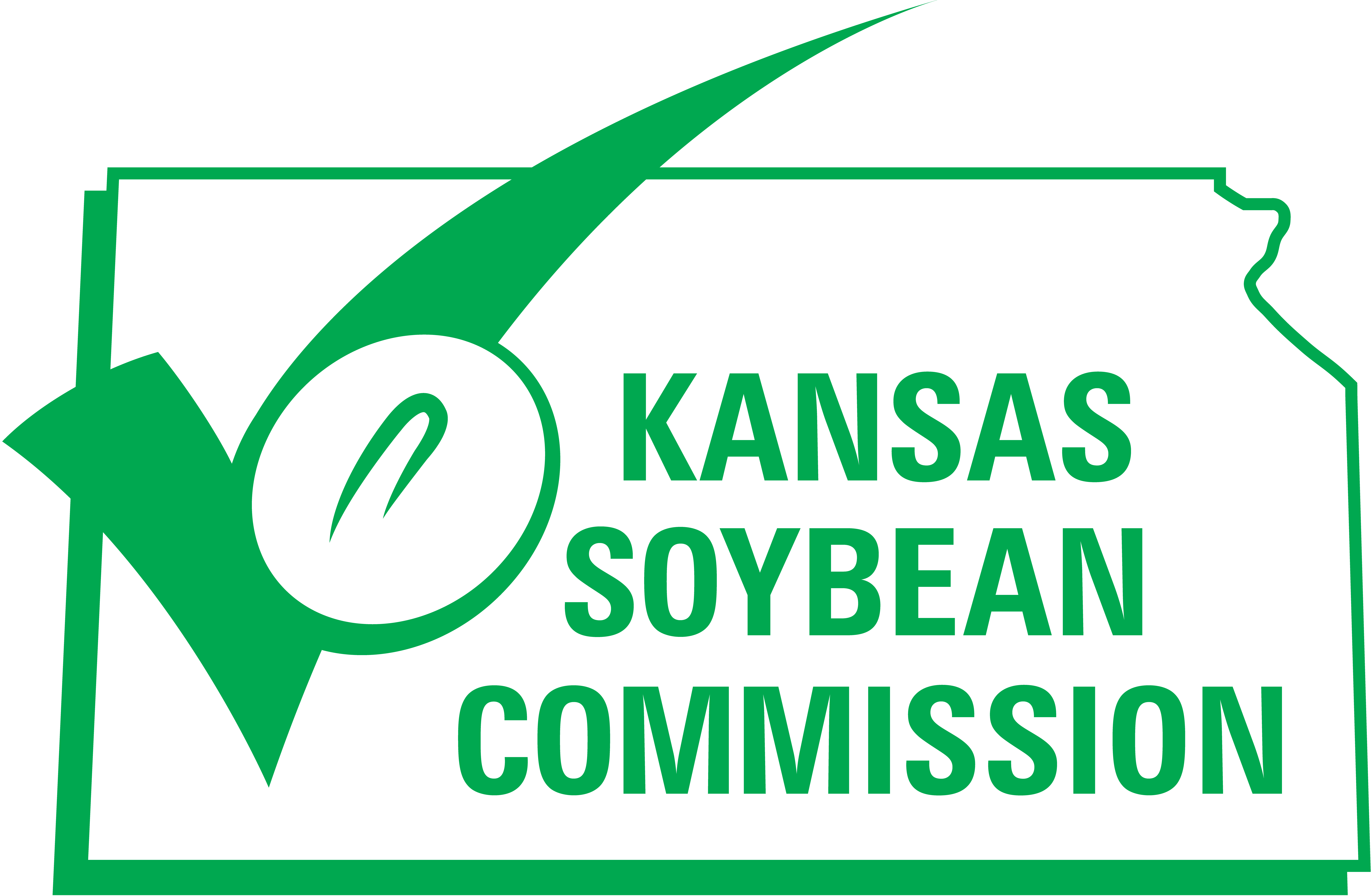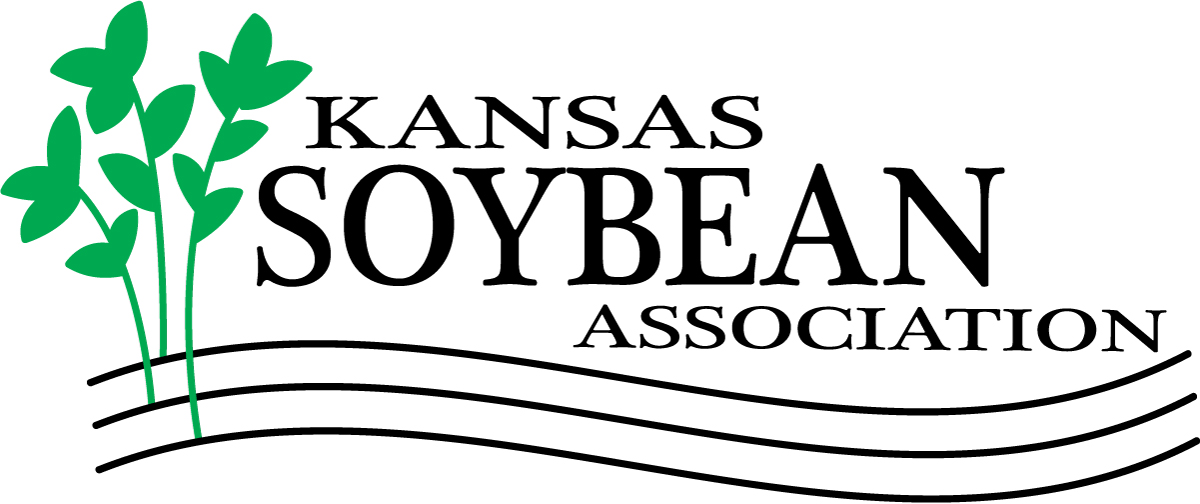Ag committees put forth differing Farm Bills
The yearlong, deliberative process of the 2024 Farm Bill, took a significant step forward when the House Agriculture Committee completed their markup of the Farm, Food, and National Security Act of 2024 and passed it out of committee on May 24, with support of all Republicans and four Democrats. The Senate Agriculture Committee completed their framework for the 2024 farm bill and release it May 1, calling it the Rural Prosperity and Food Security Act, but it has not been passed through the committee.
The American Soybean Association has been working diligently to advocate for the pressing needs of soybean farmers and communicate how vital it is for U.S. soybean farmers to have a farm bill passed this year.
While the House and Senate version differ, both reflect the needs of some ASA policy priorities including expanding and improving farm safety net programs, doubling the Market Access Program and Foreign Market Development funding as well as excluding anti-checkoff language.
“It is a welcome development to see the progress toward a new and improved farm bill, and we are hopeful that meaningful, bipartisan legislation will be advanced this year. Farmers face significant headwinds – including an unfavorable farm income outlook and volatility in access to export markets – and strengthening the farm bill is more important than ever,” Josh Gackle, ASA President and North Dakota soybean farmer, says.
Farm Bill History
Farmers faced numerous hardships during the Great Depression and Dust Bowl and suffered consequences after both historical events. Additionally, the first World War dropped crop prices. The Agricultural Adjustment Act of 1933 was the first farm bill and created programs to reduce surplus and raise crop prices.
In 1938, the farm bill was updated to address the ecological crisis of soil erosion by compensating farmers for planting soil, supporting crops and reducing production of crops that contribute to soil erosion. Additionally, in that bill, Congress created a more permanent process through the requirement to update farm bill legislation every five years. The five-year cycle allows legislators to reevaluate the industry, current events and change of government. In 1973, the farm bill expanded its coverage to consumers with funding for food and assistance programs, making it an omnibus bill.
Each farm bill has a unique title, like the Agriculture Improvement Act of 2018 or the Food and Agriculture Act of 1965. Farm bills have 12 chapters comprising rural development, commodities, conservation, nutrition, research, extension, and related matters, forestry, energy, horticulture, crop insurance and miscellaneous.
The development process for the farm bill can be long and extensive, as indicated by numerous delays in passing the current iteration.
Current Legislation
Multiple factors are causing the standstill of a farm bill being passed. Senate Agriculture Committee chairwoman Debbie Stabenow (D-MI) and House Agriculture Committee chairman Glenn “GT” Thompson (R-PA) have opposing views.
“I hope for unanimous support in this endeavor to bring stability to producers, protect our nation’s food security, and revitalize rural America,” Chairman Thompson, says.
Chairwoman Stabenow states that the $28 billion cut in SNAP sought in the House proposed draft is a “hard red line” for her and believes her bill would increase reference prices by at least 5% for major commodities, making it easier to trigger crop subsidy payments.
The 2024 Farm Bill is not the first to be impeded. Since the decision to update it every five years, six previous farm bills have been delayed in their approval. The budget for individual articles and titles is not fully outlined until it is signed into law. This can cause concern for the delay in an approved farm bill, as the federal government operates on a fiscal year from October 1 to September 30. Some farm bill programs – called entitlements – are written to where their funding is guaranteed every year.
According to the National Sustainable Agriculture Coalition, if a final bill or continuing resolution is not signed into law before October 1, the government shuts down without funding to operate.
House Version
ASA commends chairman Thompson for progressing the Farm, Food and National Security Act of 2024.
“We appreciate that Chairman Thompson heard clearly the concerns and needs of soybean farmers and addressed those in the bill his committee approved,” Gackle says.
As inflation and costs of production continue to rise, having protection for farmers is important. Thompson’s version covers the increase of support for the Price Loss Coverage and Agriculture Risk Coverage programs, modernizes marketing loans and sugar policy, allows authority to expand base acres to include producers who cannot partake in PLC and ARC, bolsters dairy programs to continue providing vital assistance and enhances standing disaster programs and expands eligibility for assistance.
The Market Access Program and Foreign Market Development program have not received a funding increase in 20 years. These programs are designed to make trade more efficient by sharing the costs of overseas marketing and promotional activities and to create, expand and maintain long-term export markets for the U.S., respectively.
Thompson’s high-level overview says that by expanding the reach and impact of the MAP and FMD program, the 2024 farm bill will mitigate global food insecurity while providing U.S. producers new markets and improving local economies.
The U.S. Soybean Export Council and United Soybean Board are carrying out the tasks to expand markets for soybean farmers. Jared Nash, Parson soybean farmer, experienced this work firsthand during a trade mission to Colombia.
“As a farmer, I thought that trade among countries just happened. I didn’t realize how much work and cooperation it takes among the different trade organizations to even open the doors to start the discussion of trade with other countries,” Nash says. “Without the necessary funding there is no way to get the diplomatic wheels turning and the ball rolling to open the trade doors.”
Thompson’s version covers improvements to other areas including rural development, energy, forestry, credit and more.
Senate Framework
Chairwoman Stabenow (D-MI), Senate Agriculture, Nutrition and Forestry Committee Chairwoman, believes her proposal reflects bipartisan priorities to keep farmers farming, families fed and rural communities strong, according to the committees press release.
Stabenow released an overview of her priorities for the Rural Prosperity and Food Security Act. The draft summary caused for investments to strengthen the farm safety net, help families working hard to make ends meet and improve the quality of life in rural communities.
One similarity between the House bill and Senate framework is improving emergency disaster assistance to the PLC and ARC programs. According to Stabenow’s bill, all major covered commodities would see at least a 5% increase in reference prices, and many would see 10-15% increases.
The National Sustainable Agriculture Coalition applauds Stabenow’s note of major investments for conservation programs for farmers and ranchers.
“I have always believed there is a bipartisan path forward if we maintain the long tradition of respecting the needs and interests of the broad farm and food coalition. This has always been the foundation of a successful Farm Bill,” Stabenow says.
Stabenow plans for improvements in other areas, like rural development, energy, forestry, credit and more.
What’s Next?
The process is currently at step four of nine in the development process — consideration in committees. A complete farm bill by the end of summer is not likely, but agricultural organizations believe it is promising to see completion by the end of 2024.
The August recess is quickly approaching, and with that poses the question of whether the industry can come together to break this stalemate and pass a farm bill in 2024.
“It is important for the farm bill to be useful to farmers because they are the foundation of the food system for not only our country, but the world,” Teresa Brandenburg, Russell soybean farmer, says. “American farmers must have the support and freedom to operate in a way that works best for their individual farm, to ensure continued production of safe and affordable food.”
KSA continues its work on behalf of the 12,000 soybean farmers in Kansas and recognizes it is critical that the needs of soybean farmers are addressed in the bill. To gain a further understanding or to express your opinions about the farm bill, contact Dennis Hupe, hupe@kansassoybeans.org.

